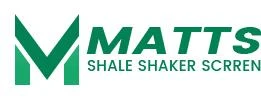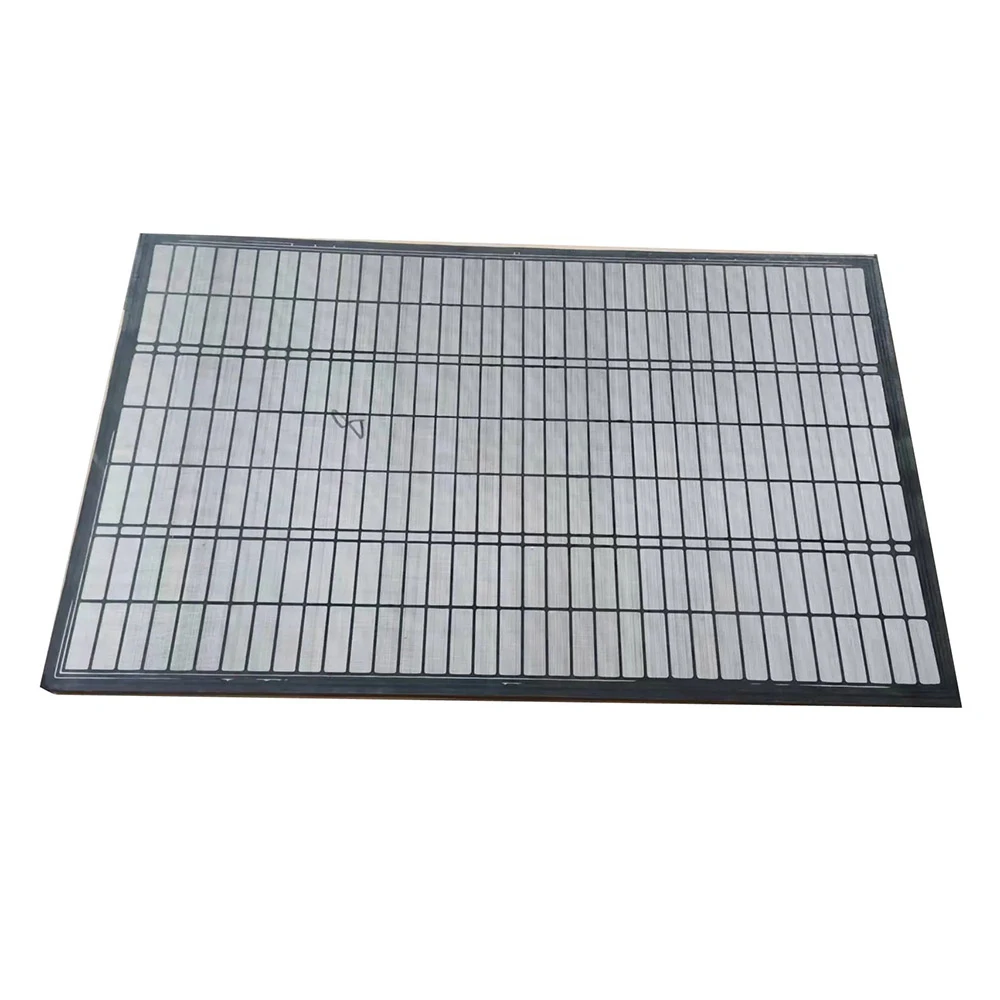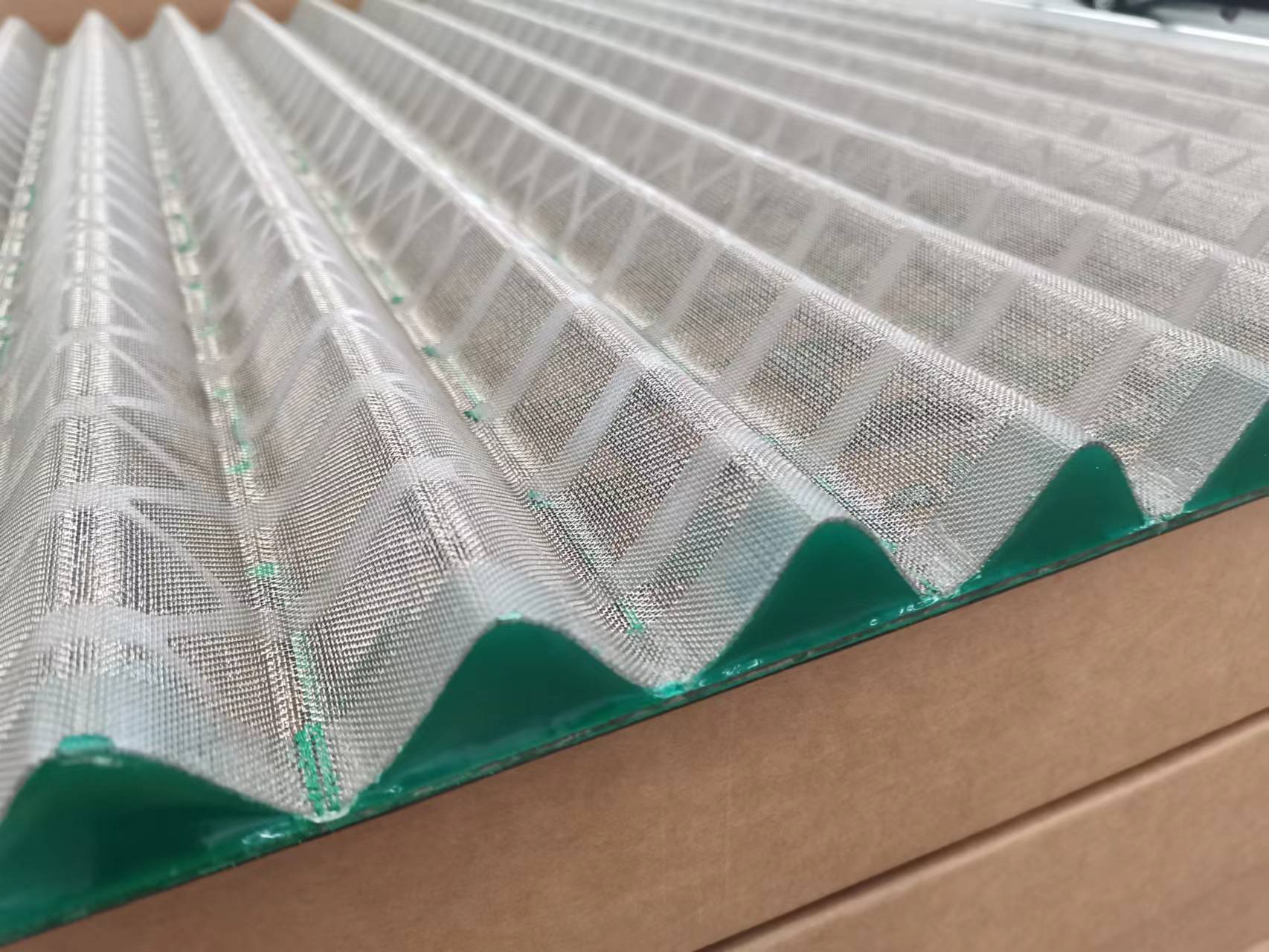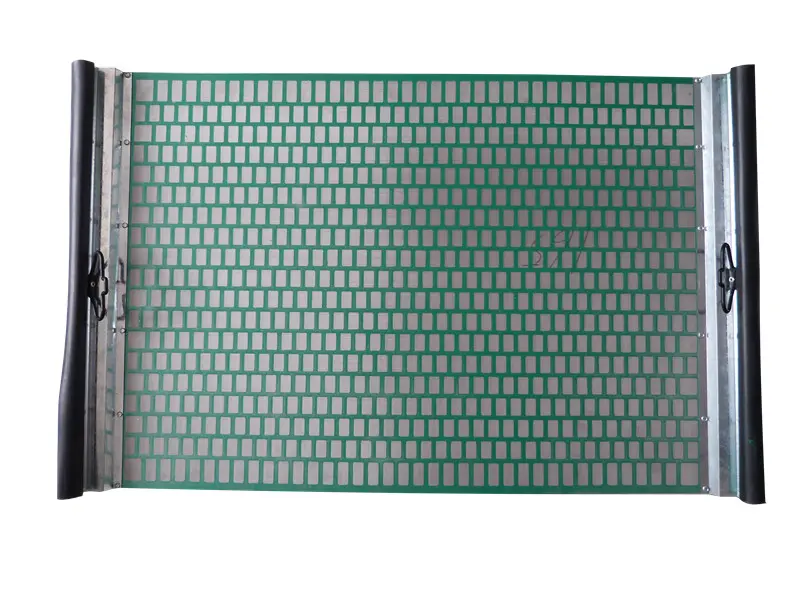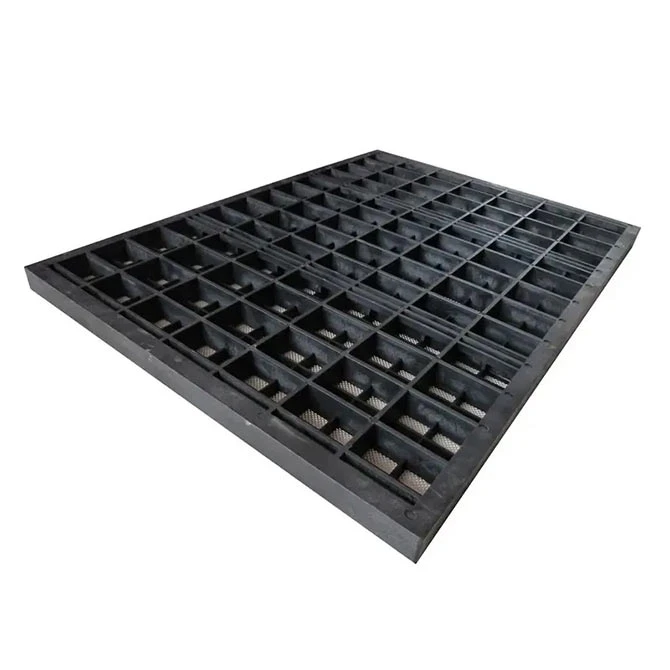In oil and gas drilling operations, shale shaker screens are essential components of the solids control system, serving as the first line of defense in the removal of drilled solids from the circulating drilling fluid. As drilling progresses, the drill bit cuts through subsurface formations, generating cuttings that are carried to the surface by the drilling mud. Once at the surface, this fluid—laden with solids—passes over shale shakers equipped with vibrating screens designed to separate and discharge the larger cuttings while allowing cleaned mud to be recirculated downhole. This process not only conserves expensive drilling fluid but also ensures that the fluid retains its required properties, such as density and viscosity, which are vital for wellbore stability, pressure control, and bit cooling.
Shale shaker screens come in various mesh sizes (typically ranging from API 20 to API 325) and configurations, including single-layer, dual-layer, and triple-layer composite screens. These are selected based on the specific characteristics of the formation being drilled and the desired level of filtration. High-performance screens, such as pyramid or wave-type designs, offer increased surface area and improved throughput capacity. The materials used—often stainless steel or composite frames—are engineered for durability, corrosion resistance, and long service life under high-flow, abrasive conditions commonly encountered in drilling. The effective use of shale shaker screens contributes significantly to operational efficiency by reducing mud dilution requirements, minimizing wear on downstream equipment such as desanders, desilters, and centrifuges, and decreasing the volume of waste material that must be disposed of or treated. Moreover, with growing emphasis on environmental compliance and cost reduction, optimizing solids control through the use of advanced shaker screens helps reduce fluid loss, supports the reuse of drilling fluids, and lowers overall environmental impact.
In offshore and onshore rigs alike, proper selection, maintenance, and monitoring of shale shaker screens are critical to maintaining uninterrupted drilling performance. Screen blinding, wear, and improper tensioning can lead to reduced efficiency and unplanned downtime, which is why operators invest in high-quality screens and real-time monitoring systems to track screen condition and performance. In deepwater or high-pressure/high-temperature (HPHT) wells, where the cost of failure is exceptionally high, advanced screen technology enables precise solids separation that protects sensitive downhole tools and maintains drilling momentum. In summary, shale shaker screens are indispensable in modern petroleum drilling operations, ensuring clean drilling fluid circulation, enhancing drilling performance, prolonging equipment lifespan, and supporting safe and environmentally responsible resource extraction.
